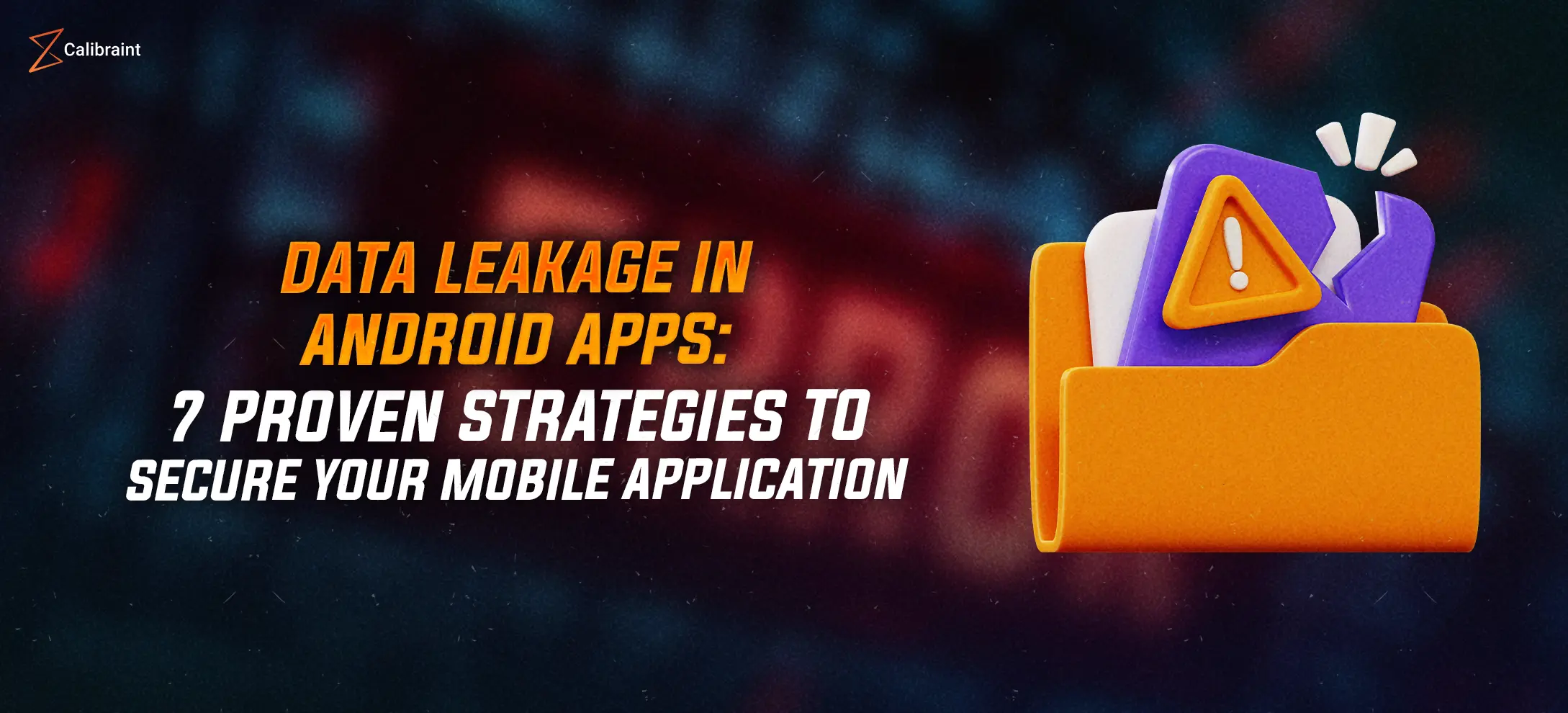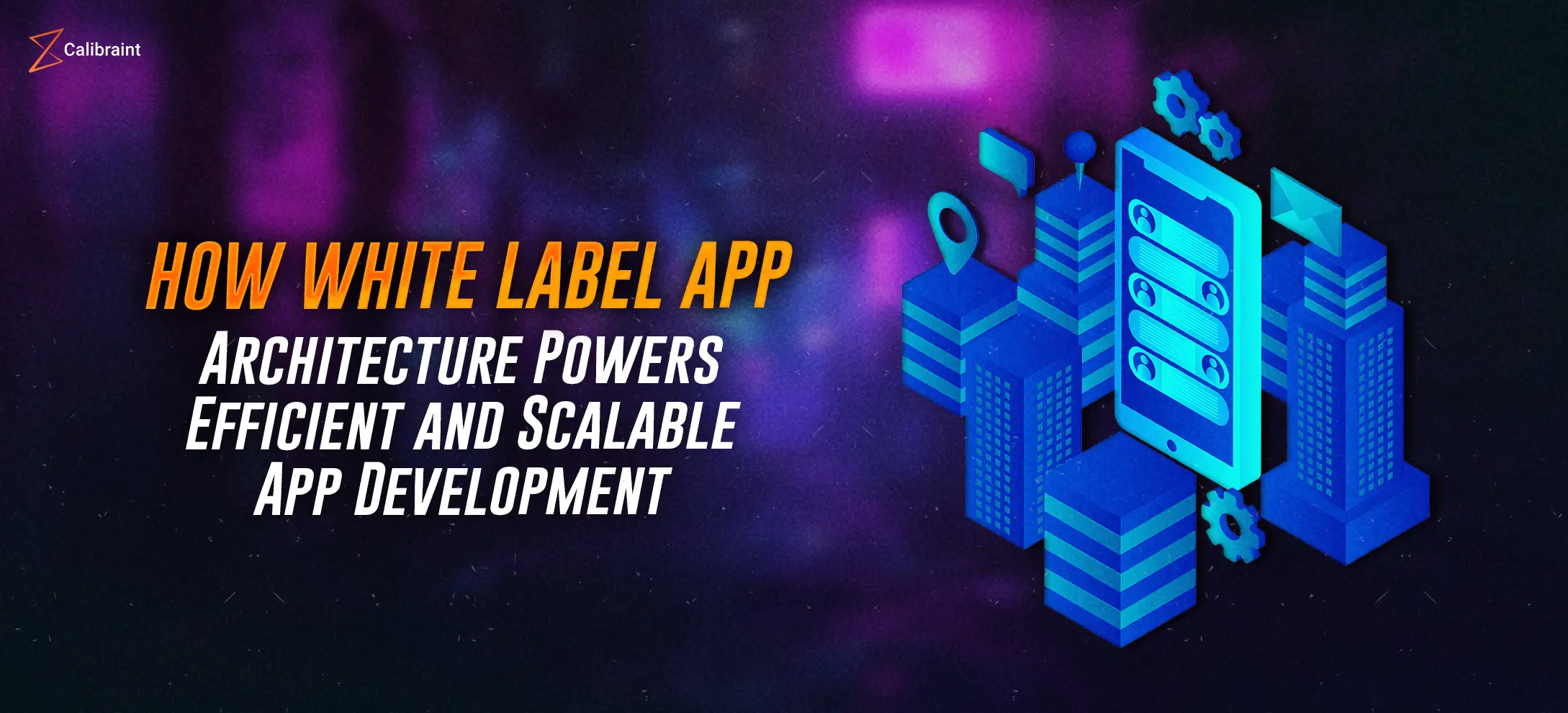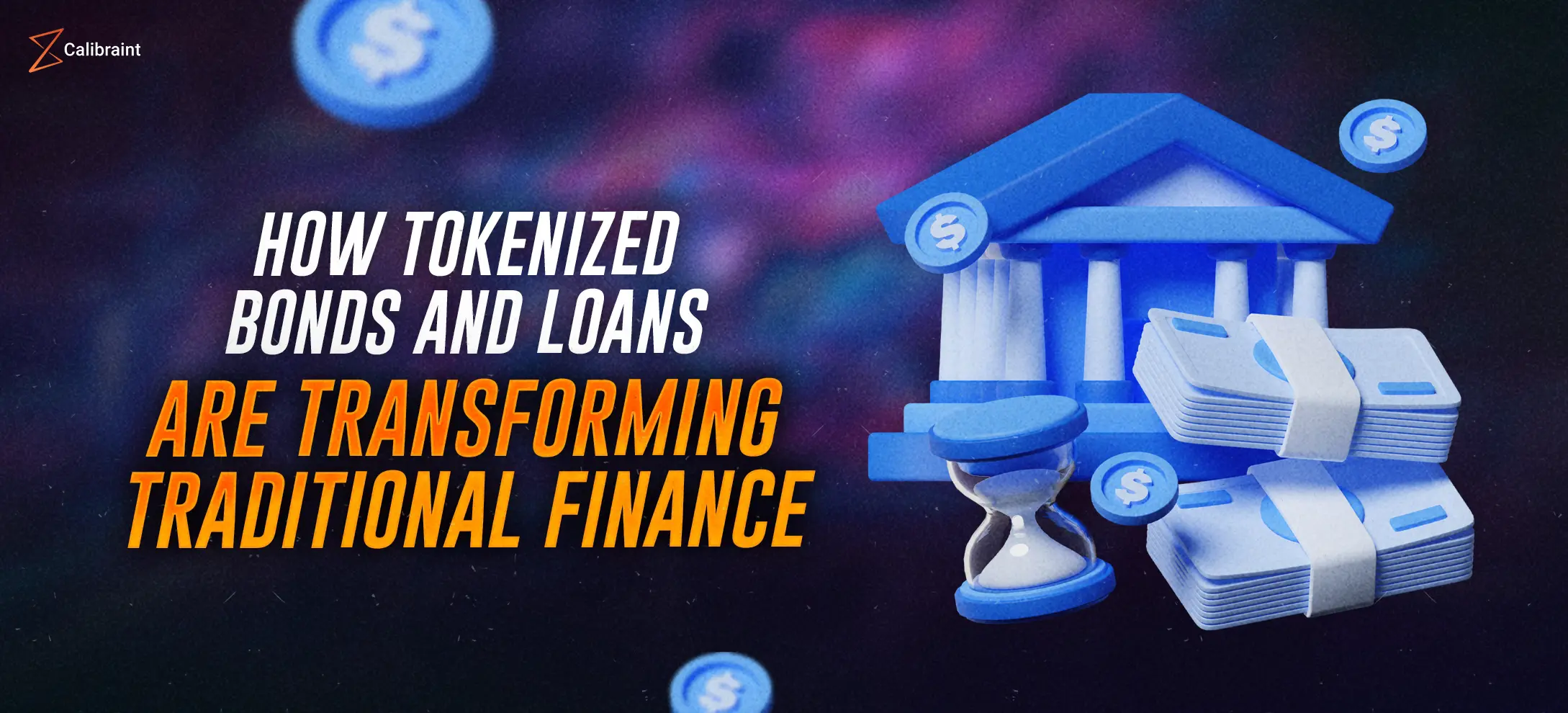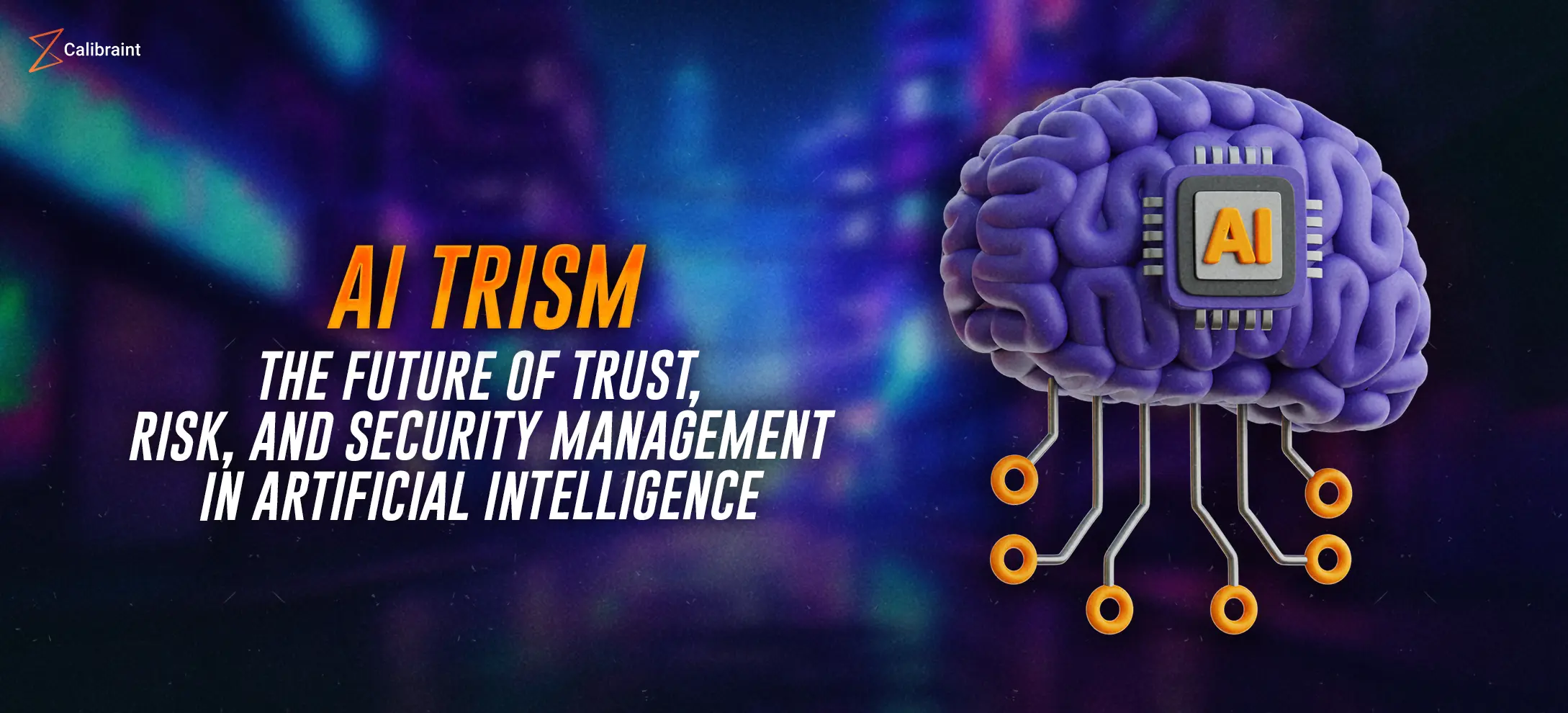Decentralized Storage: Reshaping How the World Secures Its Data
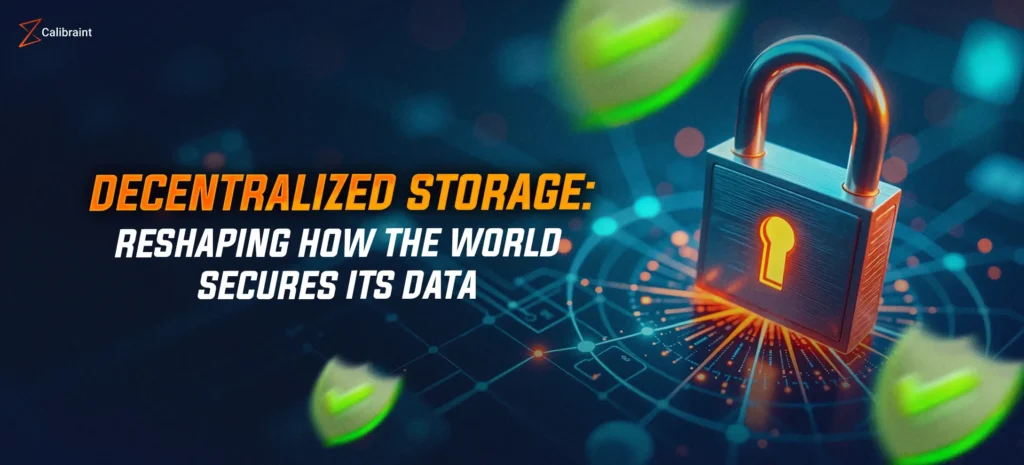
The concept of decentralized storage has emerged as a compelling alternative to traditional cloud services, offering a more secure, efficient, and censorship-resistant method of storing data. As organizations and individuals face increasing concerns around data privacy, control, and vendor lock-in, decentralized storage provides a solution that aligns with the principles of Web3 and digital sovereignty.
Understanding Decentralized Storage
At its core, decentralized storage is a distributed data storage approach that utilizes peer-to-peer networks instead of centralized data centers. Files are broken into encrypted shards and stored across a network of nodes, each operated by independent participants. Unlike traditional services, where a single provider controls storage and access, decentralized storage gives users complete control over their data.
This paradigm shift in storage architecture eliminates the need for trust in a single entity. Data integrity, availability, and privacy are maintained through consensus algorithms and cryptographic proofs, making unauthorized access and data tampering significantly more difficult.
Centralized vs Decentralized Storage:
Centralized storage systems, such as those offered by AWS, Google Cloud, or Microsoft Azure, house data in proprietary servers controlled by the provider. While they offer convenience, scalability, and ease of integration, they also create single points of failure, are susceptible to outages, and often require users to relinquish control over their data.
In contrast, decentralized storage networks distribute data across multiple nodes globally. This architectural model brings redundancy, fault tolerance, and stronger protection against data breaches. Moreover, users can verify that their files are stored without having to trust the entity holding the data, something that centralized systems do not allow.
The Architecture Behind Decentralized Storage Networks
A decentralized storage network typically relies on several components:
- Node Operators: Independent computers that provide storage space in exchange for incentives or tokens.
- Sharding: Files are split into smaller chunks or shards, each encrypted before being stored.
- Replication and Redundancy: Multiple copies of each shard are stored in various locations to ensure availability.
- Blockchain Integration: Smart contracts manage payments, reputation systems, and audit logs, enhancing transparency.
- Retrieval Mechanism: When a user wants to access a file, the system fetches and reassembles the shards on demand.
These elements together create a resilient, tamper-proof environment where data is not only secure but also verifiable at every step.
Benefits of Decentralized Cloud Storage
The transition to decentralized cloud storage brings a number of compelling advantages:
- Data Sovereignty: Users retain full ownership and control of their data.
- Security: End-to-end encryption and fragmentation of data reduce the risk of breaches.
- Fault Tolerance: No single point of failure ensures high availability and uptime.
- Censorship Resistance: Decentralized networks cannot be easily controlled or shut down by any authority.
- Cost Efficiency: By leveraging underutilized storage from across the globe, decentralized networks can offer competitive pricing.
Real-World Applications of Decentralized Data Storage
Industries that handle sensitive or mission-critical data stand to benefit immensely from decentralized data storage solutions:
- Healthcare: Medical records can be securely stored and shared without risking patient privacy.
- Finance: Decentralized systems can protect transaction logs and customer data from breaches.
- Media: Content creators can store and distribute media without relying on centralized platforms that enforce arbitrary censorship or revenue-sharing models.
- Legal: Legal documents require immutability and traceability, both of which are inherent to blockchain-based storage systems.
Notable Players in the Space
Several platforms are pushing the boundaries of what’s possible in decentralized storage:
- Filecoin: A blockchain-based storage network that incentivizes users to rent out excess storage space.
- Arweave: Focuses on permanent data storage using a unique blockweaving structure.
- Storj: Offers an S3-compatible decentralized cloud storage solution, emphasizing speed and affordability.
- Sia: Uses smart contracts to facilitate secure storage agreements between users and hosts.
Each of these platforms brings unique features to the table, but all adhere to the core principles of decentralized infrastructure: transparency, security, and user empowerment.
Challenges Facing Decentralized Storage Networks
Despite the promise, decentralized storage isn’t without its hurdles:
- User Experience: For non-technical users, setting up and managing decentralized storage can be complex.
- Scalability: As networks grow, maintaining speed, redundancy, and consensus becomes more resource-intensive.
- Regulation: Navigating jurisdictional laws around data sovereignty, especially when data is stored across borders, poses legal challenges.
- Adoption: Enterprises may be slow to transition due to legacy systems and risk aversion.
These issues highlight the importance of ongoing development in usability, scalability, and regulatory frameworks.
The Role of Blockchain in Decentralized Cloud Storage
One of the key enablers of decentralized cloud storage using blockchain is the ability to enforce trustless interactions. Smart contracts govern the storage agreements, ensuring that storage providers are paid only when they fulfill their duties, and that data owners can audit the status of their files.
Moreover, blockchain immutability ensures that metadata and access logs cannot be tampered with, offering a strong layer of transparency and accountability. This makes decentralized cloud storage an ideal match for enterprises seeking secure and compliant data solutions.
The Future of Decentralized Storage
As demand for digital privacy grows, decentralized storage is positioned to become a cornerstone of next-generation internet infrastructure. Integration with emerging technologies like edge computing, IoT, and AI could unlock new possibilities for data management, especially in scenarios where latency and data integrity are paramount.
Organizations are increasingly recognizing the strategic value of diversifying their storage architecture. With enhanced resilience, robust security, and economic incentives for participation, decentralized storage will likely play a pivotal role in building a more open and user-centric digital world.
Conclusion
The move from centralized to decentralized storage marks a significant evolution in how we think about data. By redistributing control, bolstering security, and enhancing transparency, decentralized storage networks present a more ethical and resilient approach to data infrastructure. While challenges remain, the progress in this field indicates a future where individuals and enterprises are no longer dependent on a handful of providers but instead have access to a global, community-driven network of secure data solutions.
As digital ecosystems continue to mature, the adoption of decentralized storage could prove to be one of the most transformative shifts in the way we handle data, ensuring that privacy, security, and autonomy are not just ideals but foundational elements of the web.






















